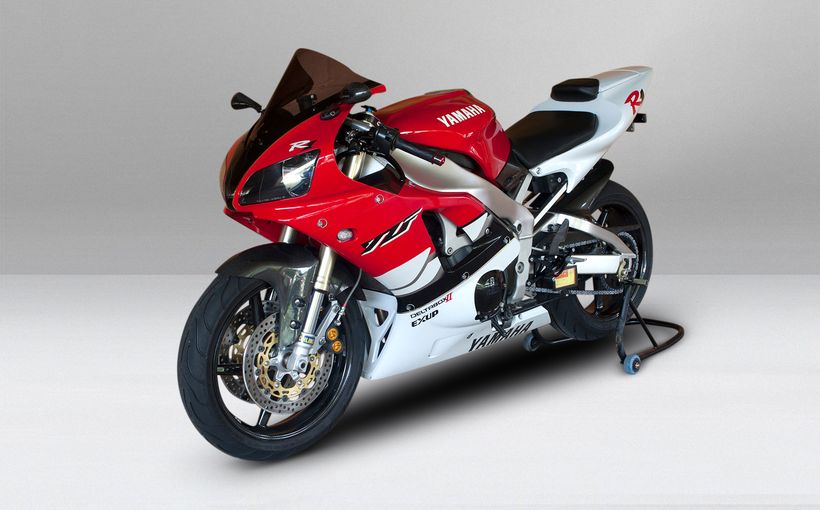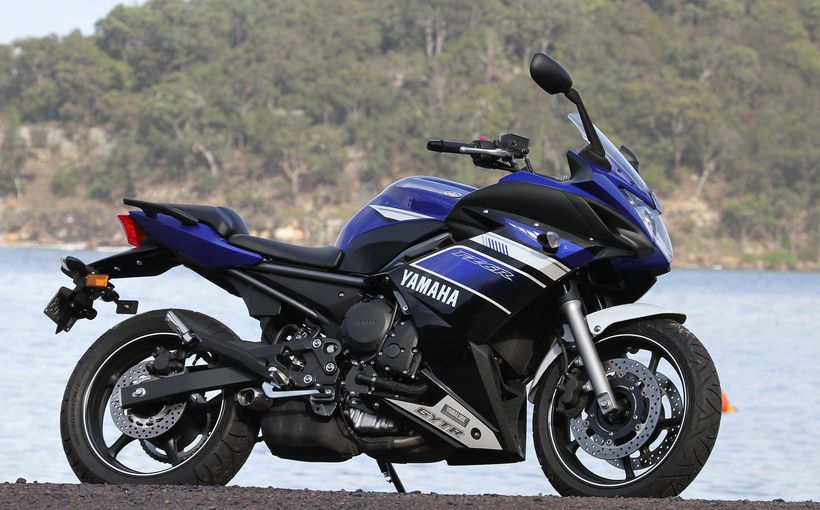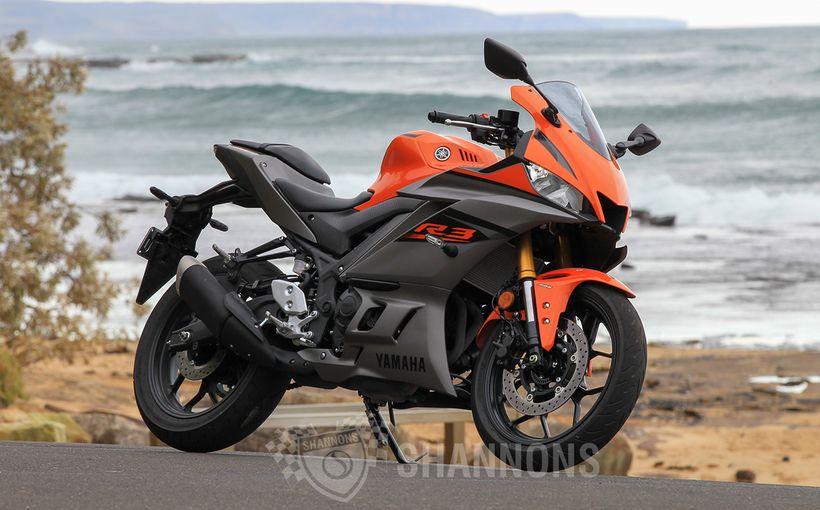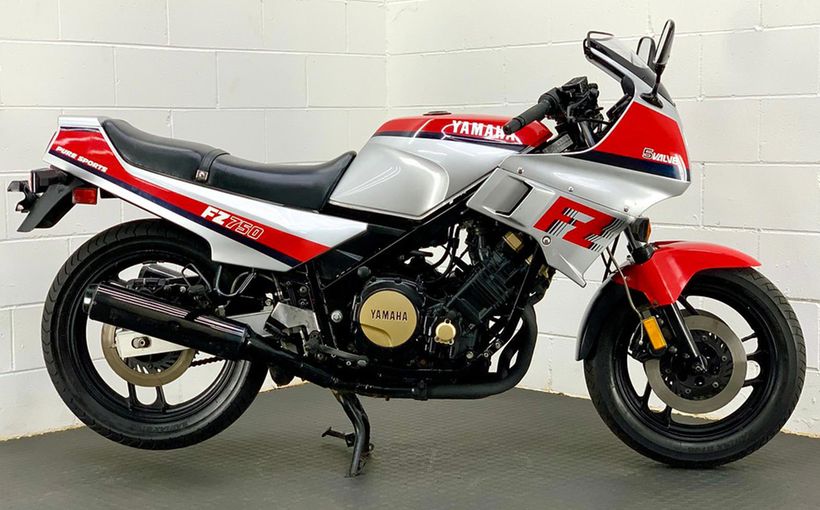
Words: Jeff Ware Photography: Tony Wilding
Teenage racer dreams were blown out of this world in 1980 when Yamaha released the RD250 and 350LC. The bike was a true, genuine racer with lights that outperformed much larger capacity four-strokes both in engine performance and chassis performance.

The bike was a stunning looker, sounded good, was affordable and very successful on the track, kick-starting the careers of riders like Kevin Magee, Peter Galvin and many more all over the world. Every major country had an RD LC production racing series. Amazing…
The air-cooled RD had not really changed much since 1973 and was fast become out of date, particularly with the Suzuki X7 being so fast. The bike was developed in Europe by Europeans and that was a first for Yamaha.

The head honcho and test rider was Paul Butler, who had previously been a Dunlop development man and would become the manager of the Kenny Roberts GP team and then the secretary of IRTA.
The brief from Yamaha was simple – build a TZ350 for the public to ride on the road!

Styling was done in Europe and in Japan, with the bikini fairing designed by British cartoonist John Mockett. No wonder the bike was so popular in England and in Australia…
The finished bike was all that it was meant to be and more. Not only did the LC perform like a TZ – the 350 version was very practical in Australia. It had some torque, it was comfortable, extremely reliable and had plenty of pillion space. The bike was the perfect daily rider that could be used for weekend scratching.

As good as it was, the LC was only around for two years before the RZ250 and 350 YPVS took the world by storm in 1983. None of the other Japanese manufacturers could match Yamaha and it wasn’t until Suzuki built the RGV250 in 1988 that anything came close to the parallel twin Yamahas…

WHAT TO LOOK FOR
It’s been 40 years since the LC hit the streets so most have more than been around the block a few times. First off you need to make sure it’s a genuine 350 as lots of 250s were converted to 350s. 250s had a single front rotor not twin, and 250 engine numbers start with 4L0. 350s start with 4L1. Once that is sorted out, engine is next but chances are a rebuild is needed. You can still get most parts art a decent price but cranks are getting very expensive and rod kits for crank rebuilds are too.


Watch for worn main bearings, leaking crank seals, worn clutch basket, piston slap, etc. Expansion chambers need a good clean out every year so that may be an issue.
Check the coolant and make sure there is no gearbox oil in it – check the gearbox oil and make sure there is no coolant in it.


Try and get a bike that has the original airbox as too many were removed in favour of pods for no real gain, other than engine wear.

Check for rust in the fuel tank, fork inners and shock shaft. Make sure the frame is straight (although this can be fixed), and that the bodywork is plastic not fibreglass.
The bike should also have a centre-stand, two horns (the 250 had one).
Other little things that are hard to get are OEM mirrors, indicators, reflectors and the plastic radiator cover.

SPECIFICATIONS: 1980 RD350LC
Colours: Blue/White, Red/White
Claimed power: 47hp@8500rpm
Claimed torque: 30ft-lb@8000rpm
Engine: Liquid-cooled reed valve two-stroke parallel twin, 347cc, 64.8 x 54mm bore x stroke.
Dry weight: 143kg
Fuel capacity: 17L
Chassis: Double-cradle tube steel
Suspension: 32mm Kayaba forks, Monoshock rear cantilever.
Front brakes: Dual 270mm rotors, single-piston calipers.
THE COST OF LIVING
NEW PRICE: $2099 + ORC
USED PRICE: $3000 for a wreck, $11,000 minter, $30,000 still in crate
BAD POINTS: Hard to find an original RD. No other bad points!
GOOD POINTS: Fast, exciting, peaky power. Very collectable and value will only rise.

Protect your Yamaha. Call Shannons Insurance on 13 46 46 to get a quote today.









